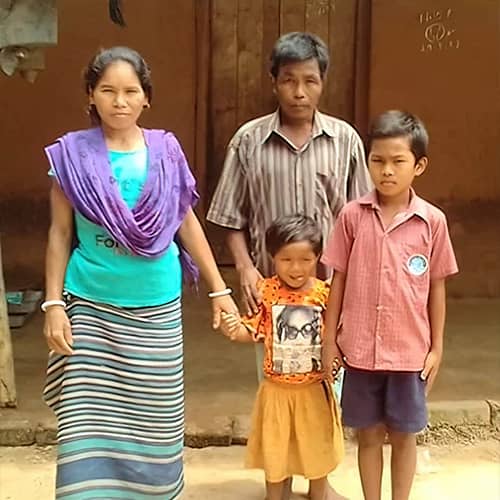What Is Child Labor: Understanding the Worldwide Crisis
“What is child labor?” is not a question that is asked too often. You may not have thought it was something that still existed. Afterall, aren’t there laws in place to prevent that? In the wake of the Industrial Revolution of the early 20th Century, the Progressive Movement in the United States sought reform in many areas, including child labor.[1] Our school history books taught us that children worked in dangerous places, made next to nothing and were often injured. During these reforms, Congress started passing federal laws against children working.
What about now? Where is child labor still happening? Even with reforms in the U.S. and most other countries, child labor statistics tell us that 160 million kids worldwide are still working in illegal and dangerous situations, depriving them of a healthy future.[2] Though the facts about child labor are startling and heartbreaking, there is hope.
First, we need to understand what is child labor and what child labor is not. Not all work or chores count as legally defined labor. For example, a kid told to clean their room or help around the house is not included in labor statistics.
The International Labor Organization defines child labor as, “work that deprives children of their childhood, their potential and their dignity, and that is harmful to physical and mental development.”[3]
If the work they do is mentally, physically, socially or morally dangerous and harmful to children, or interferes with their schooling, it would be considered child labor.[4] This would not necessarily apply to helping on the family farm or in the family business. It becomes child labor when it ceases to be “helping” and becomes “laboring.” A child’s age, the type of work being done, and how long they do it all factor in.
The other difficult factor in considering statistics is that companies, industries and farms have become good at hiding or covering up evidence that they are improperly employing children, especially if they know it is against the law. Anything involving human trafficking, pornography or illicit activities will be well hidden by those perpetrating these crimes.[5] It’s likely that there are far more children caught in this worst kind of labor than we realize.
Most parents don’t set out to put their children to work. Those in poverty or at the edge of it are constantly forced to make decisions about their family’s welfare that would break any parent’s heart. If money becomes tight enough, one of the first things to dismiss is often schooling because of extra fees and supplies. Once a child is no longer in school, it’s a short step from there to the fields or brick making or worse.
Sven was one little boy whose life was sure to be trapped in poverty and grueling manual labor. His parents worked extremely hard just to provide what little they had. They were helpless to provide the supplies Sven needed for school, as well as tutoring in order for him to thrive—a key strategy in keeping children out of dangerous labor situations.[6]
At first, the small boy was dirt-covered and wore filthy clothing, but Sven was eager and willing to pay attention and work hard. Through the care of the missionaries and the provision through the sponsorship, Sven transformed into a hard-working student with the tools he needed to excel in his education. This lifted an enormous burden off his parents.
GFA World missionaries visited Sven’s family and learned of his parents’ worries for him. The missionaries told his parents about GFA’s Child Sponsorship Program, which would provide for the fees and supplies for school, as well as education support and much more. Sven was enrolled right away.
Child sponsorships change the lives of children like Sven every day. If he had remained out of school, he would have been vulnerable to being put into manual labor as a child. Instead, he gets regular nutrition, access to clean water, regular help with studies and the care and support from the program staff.
Click here, to read more about this article.
Click here, to read more blogs in Gospel for Asia.Net

Comments
Post a Comment